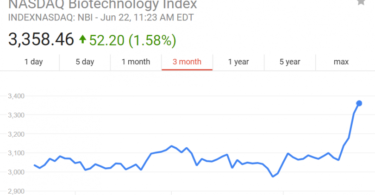As the historic United Auto Workers (UAW) strike against the Big Three automakers continues, challenges for General Motors (GM), Ford (F), and Chrysler parent Stellantis (STLA) could translate to gains for Tesla (TSLA), according to Wedbush analysts.
UAW President Shawn Fain said that the scope of the work stoppage would expand if there is no “serious progress” by noon on Friday.2 The union’s stand up strike strategy means that only some locations, which are decided by the UAW, are on strike, rather than all members at once.
The Big Three face a “growing nightmare,” according to Wedbush Analysts, who explained that an expansion of the strike will only deepen losses for Ford, GM, and Stellantis, but accepting the union’s demands would also cost the automakers.
Calling the “40% wage increase a non-starter,” analysts noted that “the business models in Detroit are not sustainable/profitable” if the UAW deal is accepted.
The loss is particularly impactful as all of the Big Three are still in the early stages of transitioning to electric vehicles (EVs) and have indicated that it's an important facet of achieving carbon neutrality in the coming decades—a commitment that all three companies have made.345
However, cost was a major factor limiting the companies' success in the EV market even prior to the strike, as transitioning to EVs can be more expensive than traditional fossil fuel-powered vehicles for manufacturers and consumers alike.
The costs incurred throughout the strike only make it more difficult for the Big Three to make the transition to electric, which could be an advantage for competitors like Tesla, analysts said.
As a pioneer in the electric car market, “Tesla and foreign automakers [are] the true winners in UAW strike,” Wedbush analysts said.
The analysts added that losses from the strike could cause Ford, GM, and Stellantis to raise the prices of their EVs, giving “foreign OEMs from Toyota to VW and many others clear benefits that could gain market share over the coming months/years in the U.S.”
Originally published on Investopedia.com







